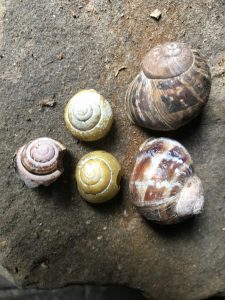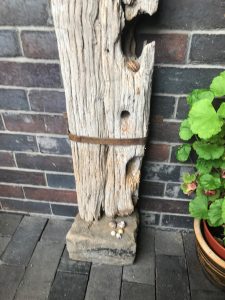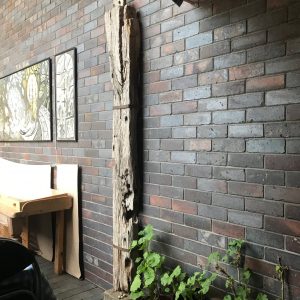As we moved into the third lockdown in November 2020, the elderly Garners were reminded of the Foot and Mouth outbreak fifty three years earlier, in November 1967. The atmosphere of the early days of the outbreak was similar to the early days of the current Coronavirus pandemic. There was uncertainty about how it was spreading; one farm would be affected, but neighbouring farms would remain free. We could see the erratic progress of the outbreak; cows vanished from the infected farms; herds that had been bred over decades were wiped out; and farmers suffered emotional and financial loss. Many adaptations later, farming has changed.
The fear of the unknown was similar when Coronavirus took hold in March 2020, and its spread was as unpredictable, but unlike the Foot and Mouth outbreak, its progress was known, but invisible. Now, in the third lockdown, all our lives have been curtailed, some more drastically than others. As in 1967, many businesses and organisations face the prospect of years of dedicated work being lost. However the pandemic has accelerated the development and access to online communications, which has given us opportunities to adapt and expand our activities in new ways. Here, at The Blackden Trust, we have already started to develop online events.
During the epidemic in 1967, we had to cross the land of three farmers to take the children to school. To avoid adding to the farmers’ stress, we decided to self-isolate. Our milk was left in a container at the gate next to the railway bridge on Bridge Lane. Collecting it was the only time we left our garden. The house was primitive at the time; one half still had a closing order on it, which prevented us from living in it, so we turned one of the downstairs rooms into a play space for the children. There was a swing attached to one of the beams, and the tiles, worn into hollows that filled with water blown in under the door, became ponds for walnut shell boats. The most creative record of our confinement was a mural painted by the children that covered the whole of one of the walls. It was dominated by a huge snail, ridden by a child, chasing a tiny adult. If such an exuberant visual expression of life in lockdown were to be painted today, it would be shared on line and perhaps stimulate more creative merriment.
That mural exists only in our memories. There is no record of it, but we still enjoy the beauty of snail shells.

As visitors to the Old Medicine House will have noticed; snail shells, appear in the most unexpected places.


